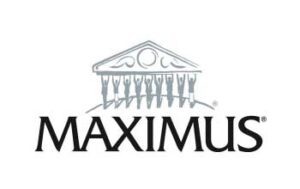A lot can be said about the genius behind Henry Ford and his massive innovations and inventions. He probably would not have had that hard time of a time understanding the modern call center and agent retention. An example from the growth of Ford Motor company illustrates this. Henry Ford had a singular goal, he was driven to drive the cost of his vehicle, the “Model T”, lower and lower- “to make a car for the average man.” His efforts to do this produced the first moving assembly line. By compartmentalizing the “Model T assembly,” he took the overall cost from $850 in 1908 to less than $300 dollars in 1925.
But he still employed people on his assembly line, and the people were not happy. The rise in explosive production rates came at the cost of worker satisfaction. “Some took to lateness and absenteeism. Many simply quit, and Ford found itself with a crippling labor turnover rate of 370 percent. The assembly line depended on a steady crew of employees to staff it, and training replacements was expensive” source – https://www.thehenryford.org/
Sound familiar to retention in the average call center? These problems are near and dear to Call Center Operators. So what did he do, and how can we learn from him today in the call center?
First, Ford reasoned that a higher salary might make the boredom and tedium more bearable, so he implemented the first profit-sharing plan:

The “strings”1 to collecting on the bonus were pretty significant in today’s terms, but the solution’s core (making an environment where the employees did not need to worry as much about problems at home and could focus at work) is still a reasonable goal. Our solution combines structured and unstructured artificial intelligence to get to this point. We build our models from free form input directly from the agents and combine it with optimized attrition models. Our research at AnswerOn has noticed that salary is rarely the only top reason driving customer service rep retention, EXCEPT when the call center involved is significantly lower in pay than its competitors in a given environment. Attrition is far more likely to occur from Career Path, Work Load, KPIs, etc.
Second, Ford saw the relationship between profit and listening to his employees and trying to accommodate their concerns when possible. (Remember this is the same Ford that eventually got rid of all colors in his cars and eventually only sold Model Ts in black because the black paint dried faster). AnswerOn does this “listening” by an application of AI, which analyzes the work patterns of all the Customer Support agents zeroing in on their level of frustration or “Churn Risk.” Using another form of AI, we then work with the customer to implement programs to combat this risk specific to each individual.
1. One of the strings Ford employed was forming a Sociological Department. “To qualify for the pay increase, workers had to abstain from alcohol, not physically abuse their families, not take in boarders, keep their homes clean, and contribute regularly to a savings account.” source – https://www.thehenryford.org/









